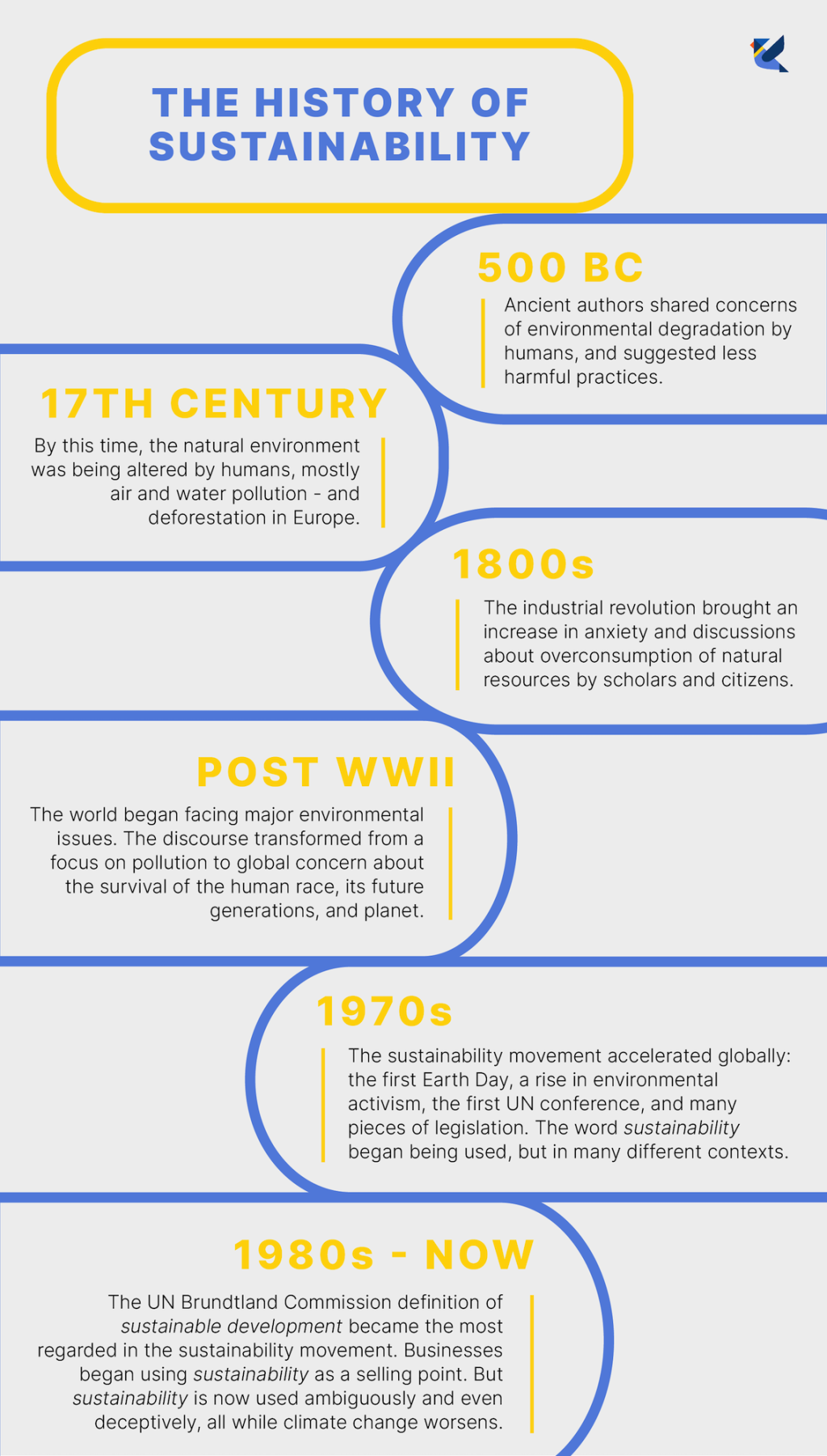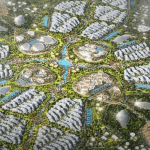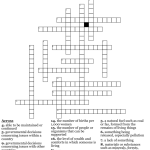Unveiling The Untold Story Of Sustainable Living History: Unlock A Greener Future Now!
Sustainable Living History
Introduction
Dear readers,
1 Picture Gallery: Unveiling The Untold Story Of Sustainable Living History: Unlock A Greener Future Now!

Welcome to this informative article on sustainable living history. In this piece, we will explore the concept of sustainable living, its origins, and its significance in today’s world. Sustainable living is an approach to life that focuses on reducing our environmental impact and promoting the well-being of both present and future generations. By adopting sustainable practices, we can create a more harmonious and balanced relationship with our planet.

Image Source: thesustainableagency.com
Throughout history, humans have evolved and adapted their lifestyles to meet the needs of their time. The concept of sustainable living has emerged as a response to the challenges posed by climate change, resource depletion, and the degradation of ecosystems. By understanding the history of sustainable living, we can gain valuable insights into the practices and philosophies that have shaped our current understanding of sustainability.
Join us on this journey as we delve into the past and discover how sustainable living practices have evolved over time.
What is Sustainable Living?
🌍 Sustainable living refers to a way of life that aims to minimize our negative impact on the environment and promote the conservation of natural resources. It involves making conscious choices to reduce waste, conserve energy, and support sustainable practices in various aspects of our lives, such as transportation, food production, and consumption.
🌱 The concept of sustainable living encompasses a range of practices, including recycling, composting, using renewable energy sources, and reducing our carbon footprint. It emphasizes the importance of living in harmony with nature and recognizing the interconnectedness of all living beings.
🏡 Sustainable living is not limited to individual actions but also extends to the design and development of communities and cities. It involves creating sustainable infrastructure, promoting public transportation, and incorporating green spaces to enhance the quality of life for residents.
💡 By adopting sustainable living practices, we can contribute to the preservation of our planet’s natural resources and create a more sustainable future for generations to come.
Who Practices Sustainable Living?
🌎 Sustainable living is embraced by individuals, communities, organizations, and governments worldwide. People from all walks of life recognize the importance of sustainable practices and strive to integrate them into their daily lives.
👨🌾 Individuals who practice sustainable living may engage in activities such as growing their own food, using renewable energy sources, reducing waste, and supporting local and organic products.
🌆 Communities that prioritize sustainability may implement green building practices, promote public transportation, and establish recycling programs to reduce their environmental impact.
🏢 Organizations and businesses play a crucial role in driving sustainable living practices. They can adopt environmentally friendly policies, reduce emissions, and implement sustainable supply chains.
🌍 Governments have a significant role to play in shaping sustainable living practices. They can enact policies that promote renewable energy, protect natural resources, and incentivize sustainable practices in various sectors.
💡 Sustainable living is a collective effort that requires the collaboration of individuals, communities, organizations, and governments to create a more sustainable future.
When Did Sustainable Living Begin?
📅 While the exact origins of sustainable living are difficult to pinpoint, the concept has roots in ancient civilizations that recognized the importance of living in balance with nature.
🌾 Early agricultural practices, such as crop rotation and irrigation systems, demonstrate an understanding of the need to preserve soil fertility and manage water resources sustainably.
🏛️ Throughout history, various cultures have emphasized the importance of preserving the environment, such as the Indigenous peoples’ deep respect for nature and the teachings of philosophers like Henry David Thoreau and Mahatma Gandhi.
🌍 The modern environmental movement, which gained momentum in the 1960s and 1970s, played a significant role in raising awareness about the need for sustainable living practices.
💡 The concept of sustainable living continues to evolve as we gain a deeper understanding of the environmental challenges we face and the need for collective action to address them.
Where Can Sustainable Living Be Practiced?
🌎 Sustainable living can be practiced anywhere, from urban cities to rural communities and everything in between.
🌇 In urban areas, sustainable living can involve adopting energy-efficient technologies in buildings, promoting green transportation options, and creating green spaces for residents to enjoy.
🌳 In rural communities, sustainable living may involve practices such as organic farming, permaculture, and responsible land management to preserve biodiversity and promote sustainable agriculture.
🏞️ Sustainable living can also be practiced in our homes by reducing energy consumption, conserving water, recycling, and making eco-friendly choices in our daily lives.
💡 Regardless of the location, sustainable living is about making conscious choices that prioritize the well-being of the planet and future generations.
Why is Sustainable Living Important?
🌍 Sustainable living is essential for the long-term health and well-being of our planet and future generations. Here’s why:
1️⃣ Environmental Preservation: Sustainable living helps protect natural resources, conserve biodiversity, and reduce pollution, mitigating the negative impacts of human activities on the environment.
2️⃣ Climate Change Mitigation: By reducing greenhouse gas emissions and promoting renewable energy sources, sustainable living plays a crucial role in addressing climate change and its adverse effects.
3️⃣ Health and Well-being: Sustainable living practices, such as consuming organic food, reducing exposure to harmful chemicals, and promoting active transportation, contribute to better health and well-being for individuals and communities.
4️⃣ Economic Benefits: Sustainable living can lead to cost savings through energy efficiency, waste reduction, and the use of renewable resources, creating new economic opportunities and promoting a more sustainable economy.
💡 Adopting sustainable living practices is not only a moral responsibility but also a smart choice for the future of our planet and humanity.
How Can You Practice Sustainable Living?
🌱 There are numerous ways you can incorporate sustainable living into your daily life:
1️⃣ Reduce, Reuse, Recycle: Minimize waste by choosing reusable products, recycling, and repurposing items wherever possible.
2️⃣ Conserve Energy: Use energy-efficient appliances, turn off lights and electronics when not in use, and consider renewable energy sources such as solar power.
3️⃣ Support Local and Sustainable Businesses: Choose products and services from companies that prioritize sustainability and support local farmers and artisans.
4️⃣ Practice Mindful Consumption: Before making a purchase, consider the environmental and social impact of the product, and opt for sustainable alternatives whenever possible.
5️⃣ Get Involved: Join community initiatives, advocate for sustainable policies, and educate others about the importance of sustainable living.
💡 Remember, every small action counts, and by making sustainable choices, you can contribute to a more sustainable future.
Frequently Asked Questions (FAQs)
1. Is sustainable living only for environmental enthusiasts?
No, sustainable living is for everyone. It is a way of life that benefits both individuals and the planet. Regardless of your background or interests, adopting sustainable practices can contribute to a better future for all.
2. Can sustainable living be cost-effective?
Yes, sustainable living can lead to cost savings in the long run. Energy-efficient appliances, water conservation measures, and reducing waste can lower utility bills and expenses, making it a financially wise choice.
3. How can I convince my community to embrace sustainable living?
Start by leading by example. Incorporate sustainable practices into your own life, and educate others about the benefits. Organize community events, workshops, or initiatives that promote sustainable living and encourage participation.
4. What role does sustainable living play in combating climate change?
Sustainable living practices, such as reducing carbon emissions, promoting renewable energy, and adopting eco-friendly transportation methods, are vital in addressing climate change. By minimizing our carbon footprint, we can contribute to global efforts to mitigate the effects of climate change.
5. Can sustainable living be challenging to implement?
While transitioning to a sustainable lifestyle may require adjustments and learning new habits, it is entirely achievable. Start with small changes and gradually incorporate more sustainable practices into your life. Remember, every step counts!
Conclusion
In conclusion, sustainable living is a vital aspect of our present and future. By adopting sustainable practices, we can reduce our environmental impact, preserve precious natural resources, and create a more sustainable world for generations to come. Whether it is through reducing waste, conserving energy, supporting local businesses, or advocating for sustainable policies, every individual has a role to play in promoting sustainable living. Let us embrace sustainable living as a way of life and work together to build a brighter and more sustainable future.
Final Remarks
Dear readers,
I hope this article has provided you with valuable insights into sustainable living history and its significance in today’s world. As we navigate the challenges of the 21st century, it is crucial to remember that our choices and actions have a profound impact on the environment and future generations. By embracing sustainable living practices, we can contribute to a more sustainable and resilient planet. Let us all strive to make sustainable living a priority in our lives and work towards a better future for ourselves and future generations.
This post topic: Idensr Lifestyles



